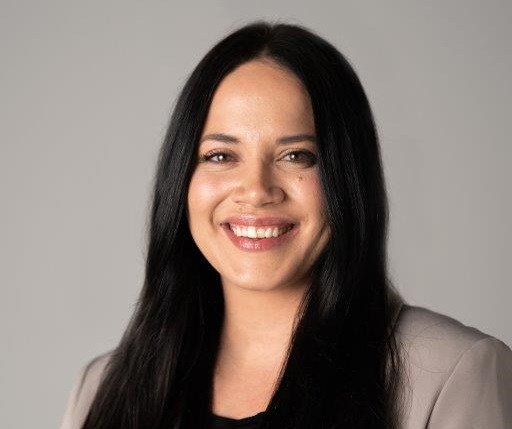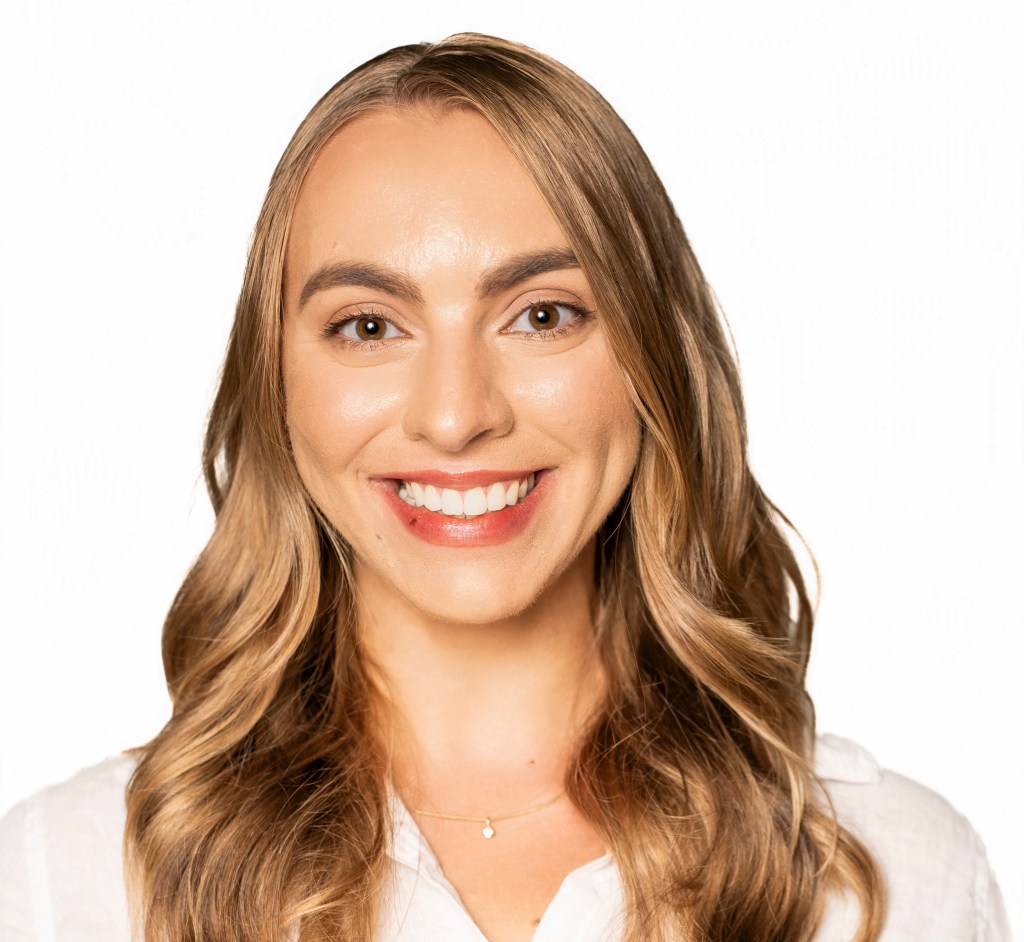Playing the Producer Compensation Game

By: Morgan Smith
According to the 2014 Future One Agency Universe Study, 42% of small agencies’ expenditures go toward producer and owner compensation.
It’s a large chunk that both helps and hurts the bottom line—and it is inextricably tied to how the agency prioritizes new versus renewal business.
“The industry swings one way or the other,” Frank Swingle, co-founder of Best Practices agency Swingle, Collins & Associates in Dallas, says of offering higher compensation for new business, or using the opposite approach to drive retention.
So what’s the best way to structure your compensation model?
Retention vs. New Business
Nick Kormos, vice president of sales management at MarshBerry, says independent agents’ competitors—direct and captive models—have the right infrastructure in place to strike a balance between retention and new business. But the independent insurance industry lacks the same strict “management, accountability, tracking, coaching and guiding,” he says.
Kormos advises agencies to create compensation models that involve “a disparity between new and renewal, minimum targets to maintain producer status and consequences for not hitting goals.”
Solutions vary among independent agencies. “We feel that the value of renewals is as important as the value of new business, which is different than a lot of agencies based on the commission structures in the marketplace,” Swingle says. “A lot of agencies will pay 50% new business, 20% renewal, but we’re more holistic.”
Because renewals are generally cheaper than new business, agents’ incentive to hunt for new business can lead to poor customer service, Swingle says. By increasing renewal percentage, the agency maintains sharp focus on keeping clients happy—but “still expects [producers] to write their goals in new business every year.”
Ramon Montalvo, president of Montalvo Insurance Agency in Weslaco, Texas, sticks to the norm: compensation for new business is higher than renewal. “If there is an account that will not renew or cancel without payment and they come back to us, we offer a renewal rate at a lower rate than we would have had continuously, which gives incentive for the producer to do what they can to maintain an account,” he says of his Best Practices agency.
But that’s normally at about 25% less than the commission rate. “They have to do what they can to keep it, otherwise they’re going to lose out on the percentage commission split.”
Perfecting the Model
Sanford & Tatum Insurance Agency, a Best Practices agency in Lubbock, Texas, set aside almost six months to enhance its current compensation program, deciding producer tenure and value to the agency should correlate to reward. Broken down into five classifications—trainee, junior producer, senior producer, sales exec and emeritus—each classification consists of its own goals, benefits and base salaries.
“We’re very proud of the product because if you have a person that likes to sell, they’re going to get something out of this program,” says Bob Barsanti, commercial lines sales vice president. “They’re going to look at it and think ‘There’s a future here for me. I could stay here, make it my home and do very well.’”
“We pay 25% on the renewal book and that’s low for a lot of agencies,” says Douglas Sanford, co-CEO. “But by the time you add a phone, car allowance and travel, we were paying out more in support of our producers than agencies that were paying a flat 35-40%. And 40% in my opinion is probably high.”
If a producer wants a higher salary at this Texas-based agency, the focus lies on retention. “It may sound like there’s some discrepancy when you say there’s 25% renewal, but that ensures that the products get the renewal support from the team that we have here at the agency,” Barsanti says. “We don’t make any money on new business in the first year. It’s the third, fourth year renewal where we’re making a profit. And same for the producer.”
An added bonus at Sanford & Tatum is a sales trip for producers who generate $50,000 in revenue during a 12-month period. And out of 13 producers, the competition is intense. “That was one of the reasons it was designed like it is,” Sanford says: It gives producers the motivation to be in the top tier—driven by a potential boost in status and ego for some—and rewards the ones who make it to the top.
Added Bonus
To no surprise, the Agency Universe Study reports that bonuses (41%) are a big player in how agencies compensate their producers—third behind commission (73%) salary (60%), respectively.
Tim Starr, CEO of The Starr Group, a Best Practices agency in Greenfield, Wisconsin, is transparent about both agency-wide and individual goals, financials and metrics, and offers varying compensation bonuses from department to department—group benefits percentages differ from commercial lines, which differ from personal lines. “They’re independent of each other,” Starr says. “Administrative staff is bonused while agents and sales people have their goals, but they have to produce minimum revenue.”
Using a fairly standard practice across the board, Michael Morey, CEO of Bolton & Company, a Best Practices agency in Pasadena, California, pays brokers a higher commission on new versus renewal. But he’s also added a separate stock-ownership program.
“You could write a ton of new business every year, but if your book isn’t growing you’re not getting an opportunity to participate at a higher level,” he says. “As you write more new business and your book gets bigger, you have a better opportunity to participate in the stock ownership plan. So that encompasses both retention and new business.”
Reaching retention and new business goals requires a team effort. Both Morey and Starr offer bonuses to support or service teams as well as producers. “The same program works from the receptionist to the senior account executive,” says Morey, who revamped his agency’s bonus program to pay producers based not only on individual but net new business for the agency as a whole.
Similarly, Sanford & Tatum has produced a sales culture that makes everyone part of the sales process. “We incentive non-commissioned employees. When a CSR or account manager partners with a producer to make a sale over X amount, they can get a percentage of the sale just like the producer does,” Douglas explains. “If we get up to the 90th percentile of volume for the month—$65,000 for all of the producers combined—we share a percentage of that month’s commission with everybody in the office.”
“We’re in growth mode when that’s happening, but it takes all of the salespeople to make it work,” Barsanti says.
Morgan Smith is IA assistant editor.










